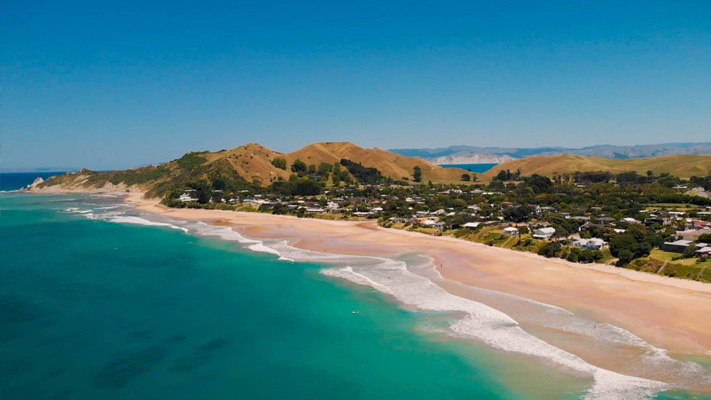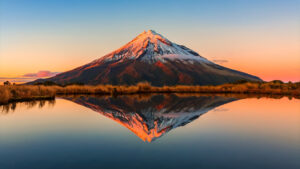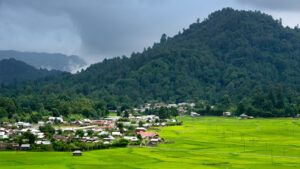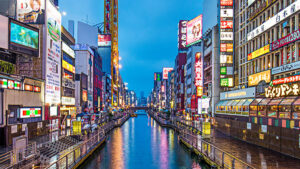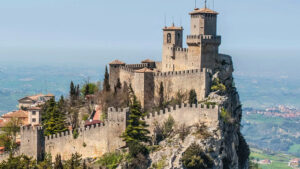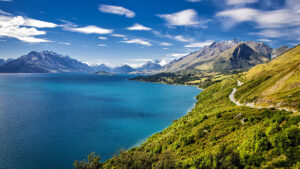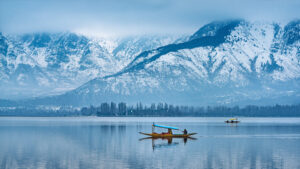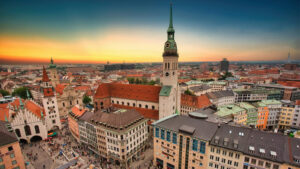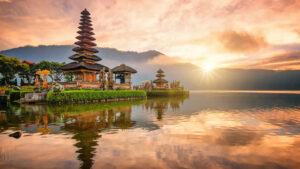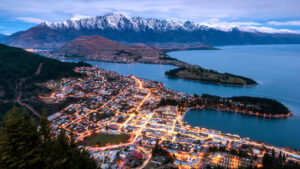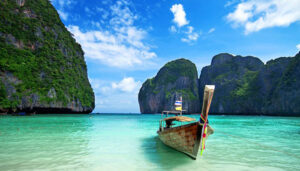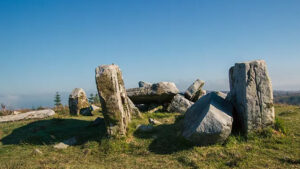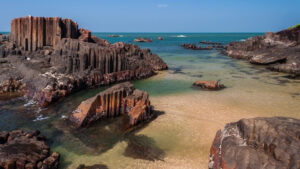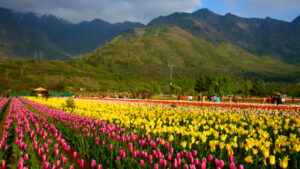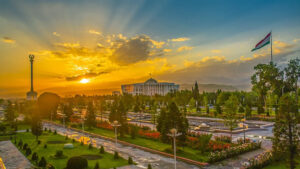GISBORNE, NEW ZEALAND – WHERE NEW ZEALAND’S FIRST LIGHT SHINES

Gisborne is a city located on the east coast of the North Island of New Zealand. It is known for its stunning beaches, world-class surfing, rich Maori culture, and as the first city in the world to see the sun each day.
The region is home to a range of outdoor activities, including surfing, swimming, fishing, hiking, and mountain biking. The city is also a popular destination for wine lovers, with many wineries located in the surrounding area, producing award-winning wines.

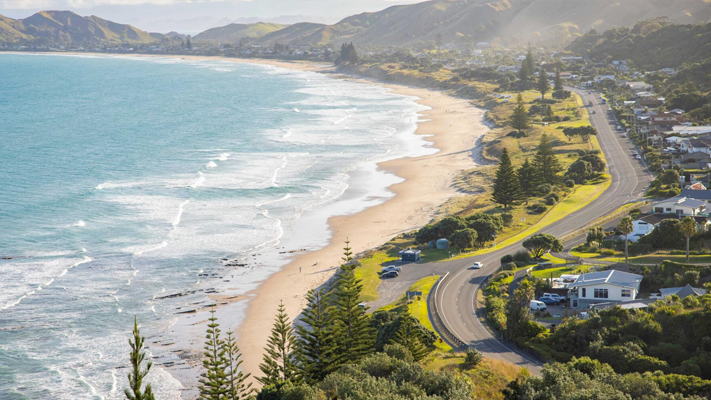
The Maori culture is an integral part of Gisborne’s identity, with many historic sites and cultural experiences available for visitors to learn about the indigenous people of New Zealand. The Tairawhiti Museum is also a popular attraction, showcasing the history and art of the region.
Gisborne is also a popular destination for music and arts, with many festivals and events throughout the year. The Rhythm and Vines music festival, held annually on New Year’s Eve, is one of the largest music festivals in the country and draws visitors from around the world.
What Makes it a Popular Tourist Destination
Gisborne is a popular tourist destination for a variety of reasons. Firstly, its stunning beaches and great surf breaks make it an attractive destination for those seeking an outdoor adventure. The region offers a range of outdoor activities, including swimming, surfing, fishing, hiking, and mountain biking.
Secondly, Gisborne is known for its rich Maori culture and history, which is an integral part of the region’s identity. Visitors can explore historic sites and cultural experiences, learn about Maori traditions, and enjoy the unique art and craft of the Maori people.
Thirdly, Gisborne is a popular destination for wine lovers, with many wineries located in the surrounding area, producing award-winning wines. The region’s wine industry has gained a reputation for producing some of the country’s best Chardonnay and Pinot Noir.
Finally, Gisborne is also a popular destination for music and arts. The Rhythm and Vines music festival, held annually on New Year’s Eve, is one of the largest music festivals in the country and draws visitors from around the world. The city also hosts a range of other festivals and events throughout the year, showcasing the region’s vibrant arts and cultural scene.
Interesting Facts
1. Gisborne is known for its world-class surf breaks, including the famous surf spot at Raglan Beach.
2. The city is home to the Tairawhiti Museum, which showcases the rich history and culture of the region, including Maori artifacts and exhibits about Captain James Cook’s landing in Gisborne in 1769.
3. Gisborne is the largest winegrowing region on the east coast of the North Island, producing a range of award-winning wines, including Chardonnay and Gewurztraminer.
4. The city is known for its vibrant arts scene, with many galleries, studios, and public art installations throughout the downtown area.

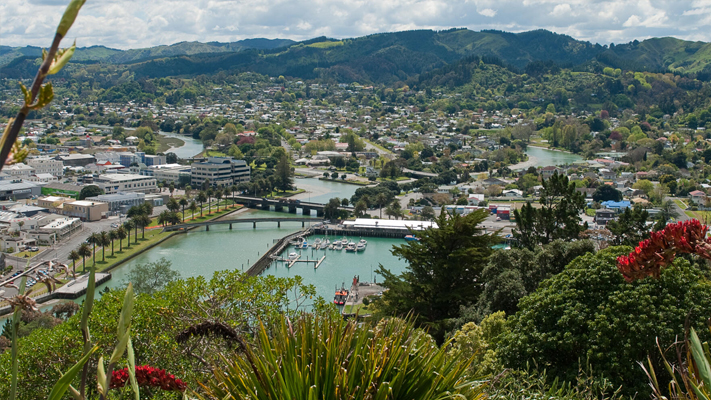
5. Gisborne hosts the Rhythm and Vines music festival each year, one of the largest New Year’s Eve festivals in the Southern Hemisphere, attracting thousands of visitors from around the world.
6. The region is also home to the Eastwoodhill Arboretum, the largest collection of trees and shrubs in New Zealand, with over 4,000 different species from around the world.
7. Gisborne has a strong connection to Maori culture, with many traditional Maori ceremonies and rituals still practiced today, including the powhiri (welcome ceremony) and the haka (war dance).
8. The city has a laid-back, friendly atmosphere and is known for its relaxed pace of life and stunning natural beauty, making it a popular destination for tourists and locals alike.
Activities Enjoyed by Tourists
There are a variety of activities that tourists can enjoy in Gisborne, including:
1. Surfing – Gisborne is known for its world-class surf breaks and is a popular destination for surfers from around the world.
2. Beaches – The region has some of the most beautiful and uncrowded beaches in the country, making it a great place to relax, swim, or take a walk.
3. Wineries – Visitors can explore the many wineries in the region, taste some of the best wines in the country, and learn about the wine-making process.
4. Maori Culture – Gisborne is home to many historic sites and cultural experiences, providing visitors with an opportunity to learn about the indigenous Maori people of New Zealand.
5. Hiking and Mountain Biking – The region offers a range of hiking and mountain biking trails, providing stunning views of the coast and the surrounding countryside.
6. Fishing – Gisborne is a popular destination for fishing, with a range of options available, including beach fishing, river fishing, and deep-sea fishing.
7. Arts and Culture – The city hosts a range of festivals and events throughout the year, showcasing the region’s vibrant arts and cultural scene.

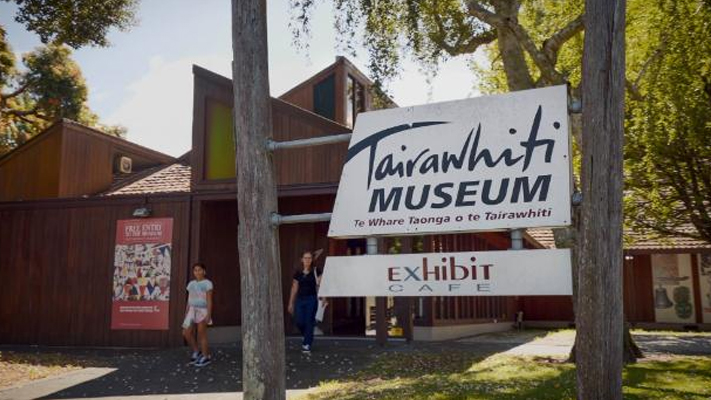
Top Attractions and Must See Places
There are many attractions and must-see places in Gisborne. Here are some of the top ones:
1. Tairawhiti Museum – The museum displays the rich history of the region, including Maori culture, European settlement, and maritime history.
2. Eastwoodhill Arboretum – The largest collection of Northern Hemisphere trees in the Southern Hemisphere, the arboretum is home to over 4,000 trees and shrubs.
3. Te Poho-o-Rawiri Marae – A traditional Maori meeting house, Te Poho-o-Rawiri Marae provides an insight into the Maori culture and way of life.
4. Titirangi Reserve – A beautiful reserve with stunning views of Poverty Bay and the city of Gisborne.
5. Rere Rockslide – A natural rock formation that creates a fun waterslide when the river is flowing.
6. Kaiti Hill – A scenic hill with a lookout point offering panoramic views of Gisborne and Poverty Bay.
7. Waikanae Beach – A beautiful sandy beach with great surf and swimming.
8. Wainui Beach – Another great surfing spot and a popular beach for swimming and sunbathing.
9. Rhythm and Vines – The largest music festival in New Zealand, held annually on New Year’s Eve in Gisborne.
Overall, Gisborne is a great place to explore New Zealand’s natural beauty, Maori culture, and history. The region’s beaches, parks, and reserves offer plenty of opportunities for outdoor activities, while its museums, meeting houses, and cultural experiences provide a window into the rich heritage of the region.

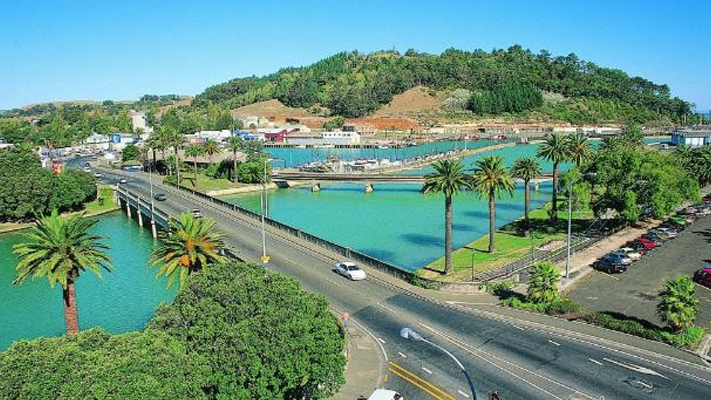
Best Time to Visit
The best time to visit Gisborne is during the summer months of December to February when the weather is warm and sunny. This is also the peak season for tourists, so accommodation prices may be higher and attractions can be more crowded.
If you prefer to avoid the crowds, the shoulder seasons of spring (September to November) and autumn (March to May) can be a good time to visit. The weather is still mild and pleasant, and there are fewer tourists.
Winter (June to August) is the off-season in Gisborne, with cooler temperatures and occasional rainfall. However, this can be a good time to visit if you are interested in outdoor activities like hiking or surfing, as the waves can be bigger during the winter months.



